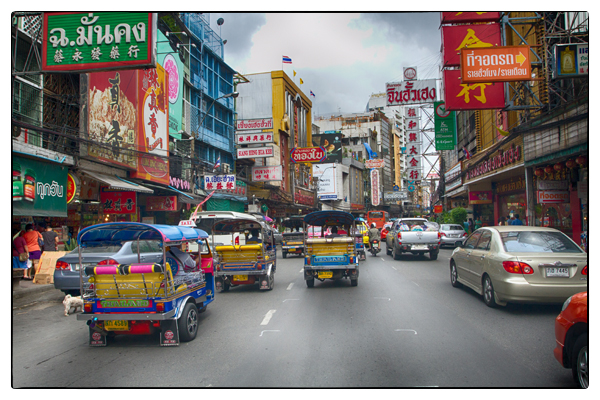
Tuk-tuks make their way through Chinatown in Bangkok. Photo by David Lansing.
“Khun Ketsara?”
“Yesssss?”
“I want to ride a tuk-tuk.”
Ketsara shows no expression on her face. She is silent for a long moment and then says, “Okay. Maybe after lunch. It’s not good here in Chinatown. Too much traffic. Not safe.”
“Promise Ketsara?”
“I promise.”
Tuk-tuks are to Bangkok what gondolas are to Venice. And you can’t say you’ve really been to Bangkok until you’ve gone on a breakneck, murderous ride upon one of these colorful three-wheeled motor-rickshaws.
The thing about tuk-tuks is they make no sense. You don’t really get a good look at the city riding in one, particularly if you’re tall like me, because their curved canvas roofs black out a view of anything other than the potholes directly in front of you and the swerving motorbikes zipping by your side so closely that if you stuck your hand out, you’d knock the driver off.
They’re stinky and foul and, what’s even more annoying, cost just about as much to ride as an air-conditioned taxi.
So why do I want to ride in one? Because one senses that before too long tuk-tuks will go the way of the double decker bus in London. More and more they’re being seen for the noisy, polluting, dangerous vehicles that they are and certainly it won’t be long until they’re relegated to some sort of cultural tourism classification—you’ll pay $20 to ride a “classic” tuk-tuk two blocks along a designated area of the city and then pay another $10 to have your photo taken next to the driver who will be dressed in a sort of Disney tuk-tuk uniform. So I want to ride in a tuk-tuk that is as wild as its driver, driving up sidewalks, pulling a U-turn in the middle of heavy traffic, illegally going the wrong way down a one-way street. A real tuk-tuk, not a Disneyland ride.
As we are finishing our lunch, it begins to rain. Not a light rain, but thick, heavy plops of water. A typhoon is reportedly coming down from China and this is the first warning.
“I’m sorry,” says Ketsara, “but I think no tuk-tuk today. It’s too dangerous. But we will find a tuk-tuk for you tomorrow.”
“Promise, Khun Ketsara?”
“I promise,” she says.
Back in my hotel room I watch the rain come down across the city, hoping it stops long enough tomorrow for a ride in a tuk-tuk.
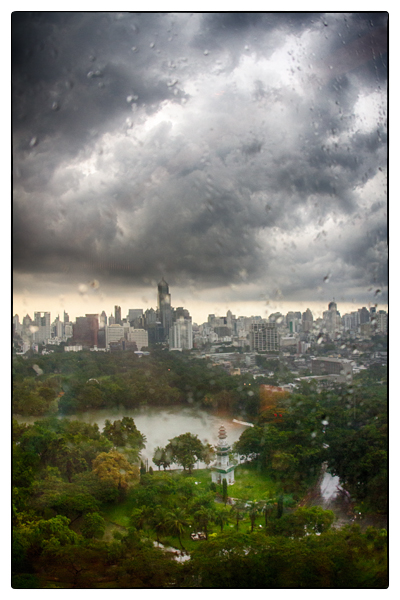
A view of the storm over Bangkok from my hotel room. Photo by David Lansing.

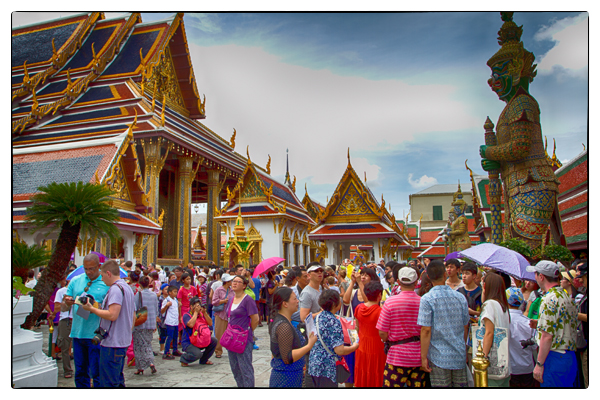
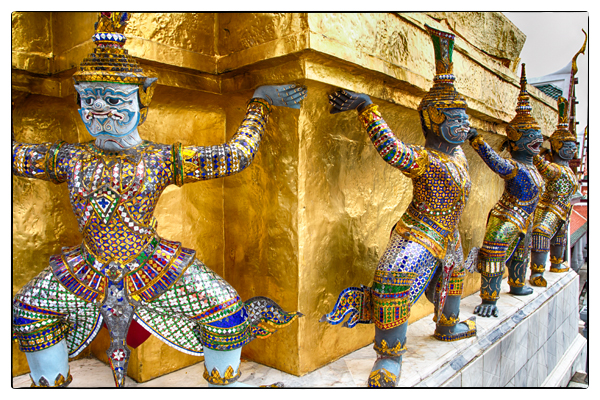
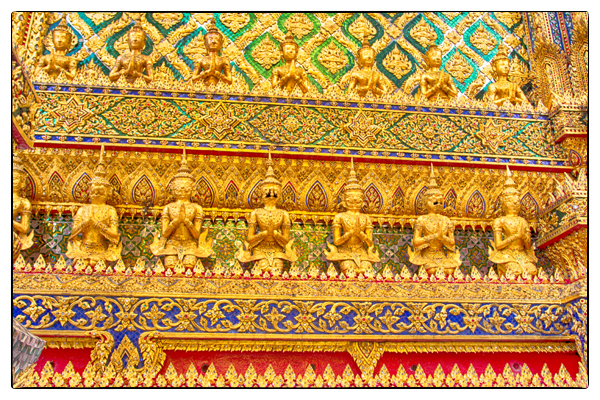
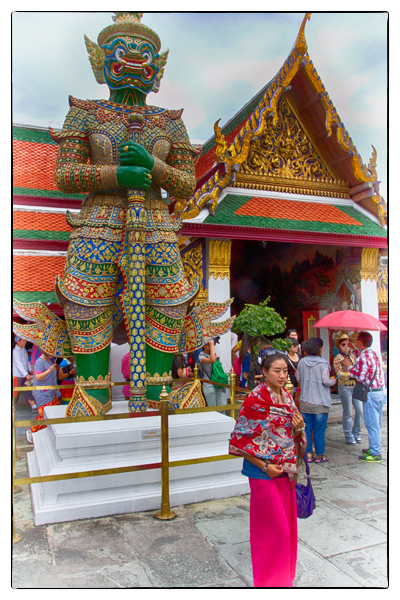
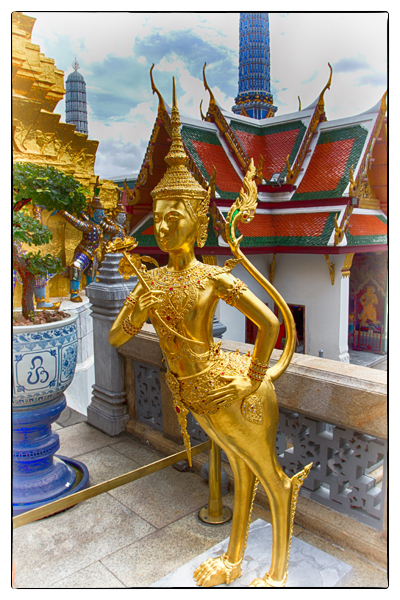
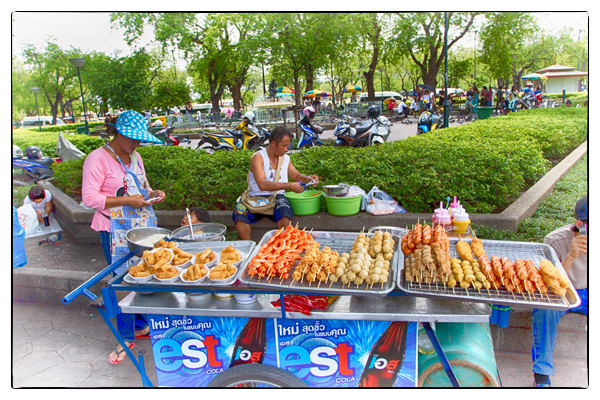


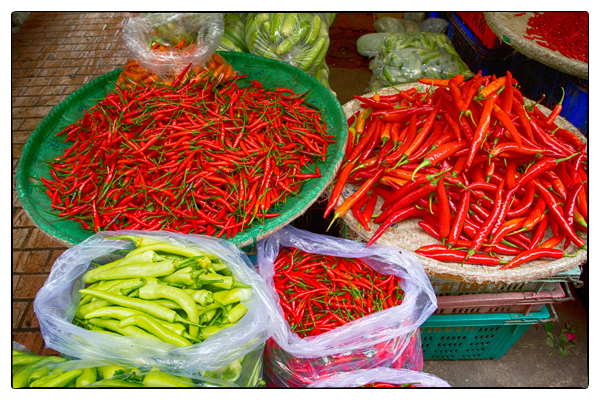
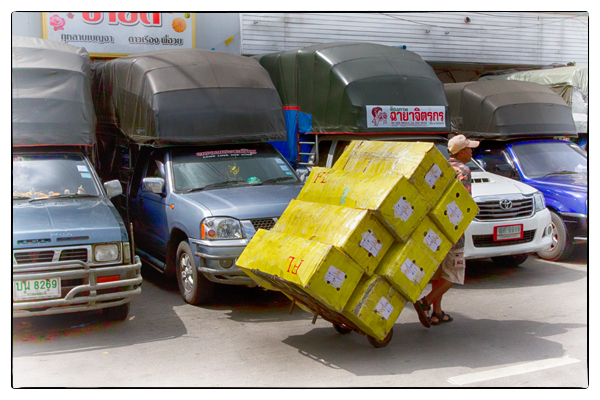
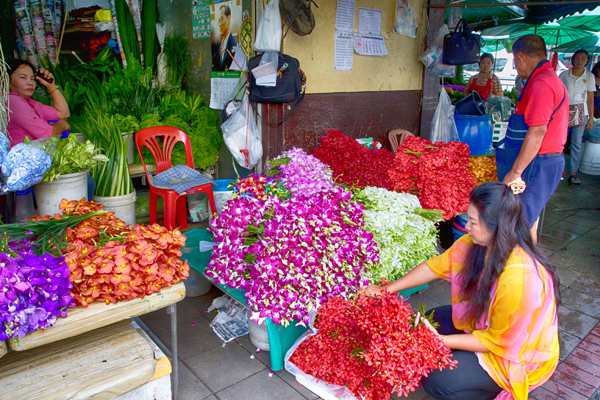

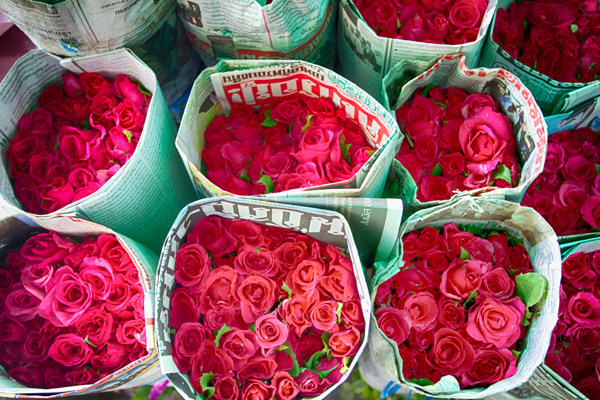
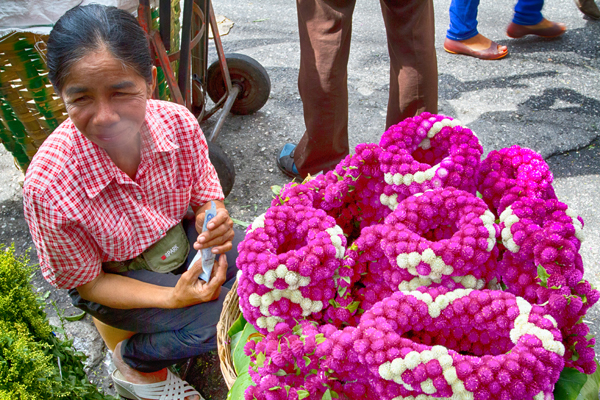
Recent Comments